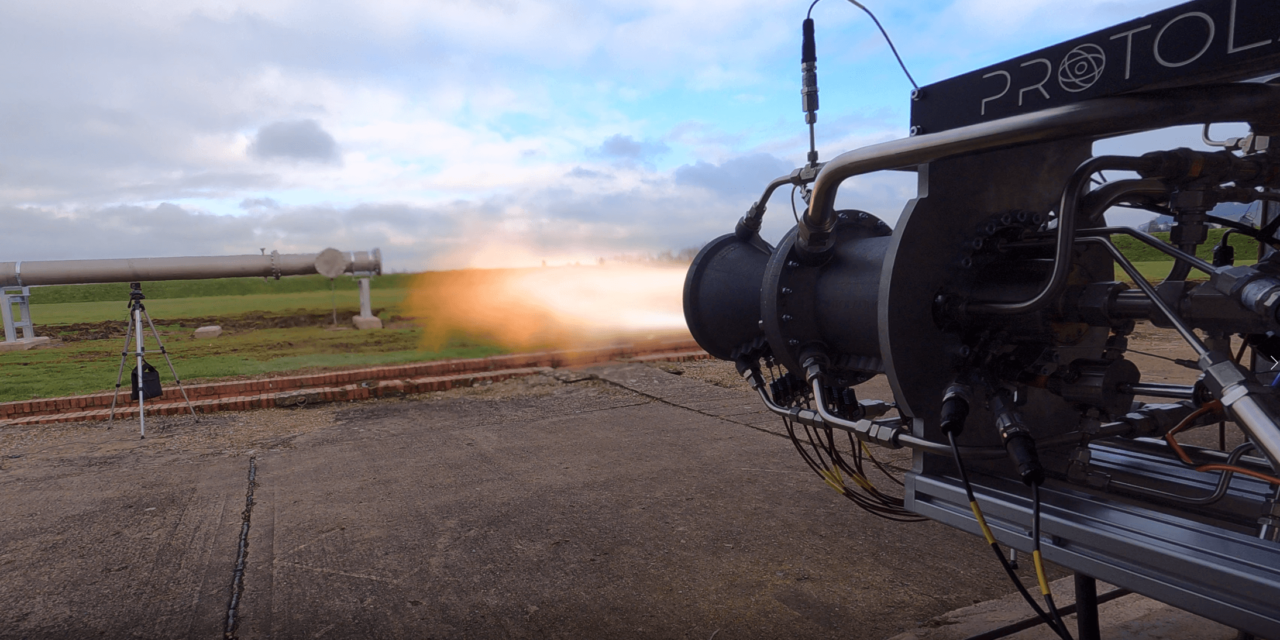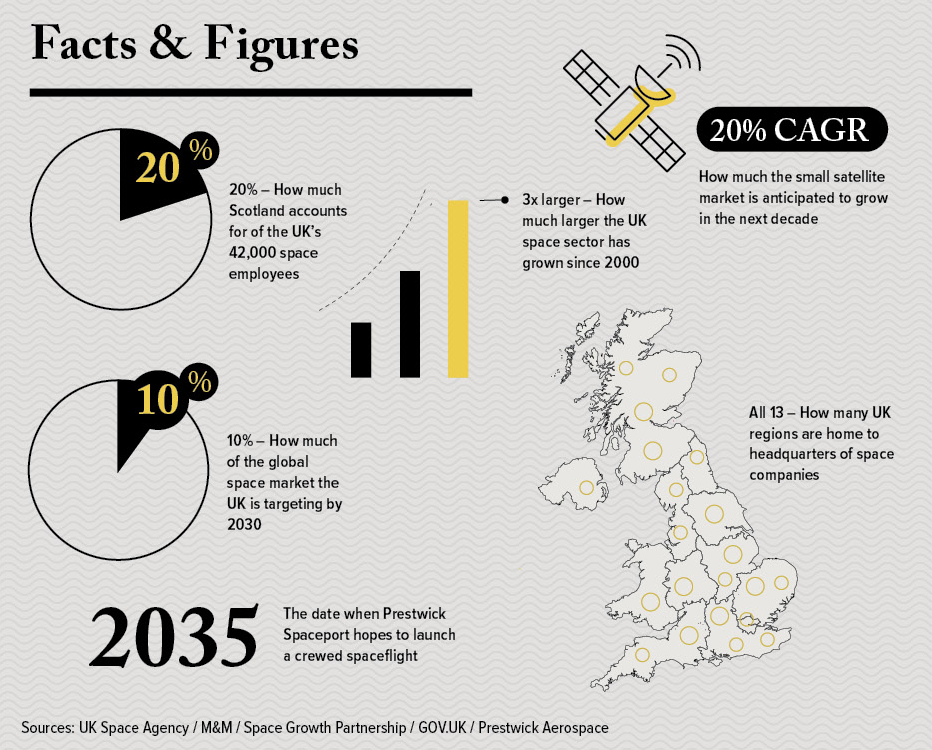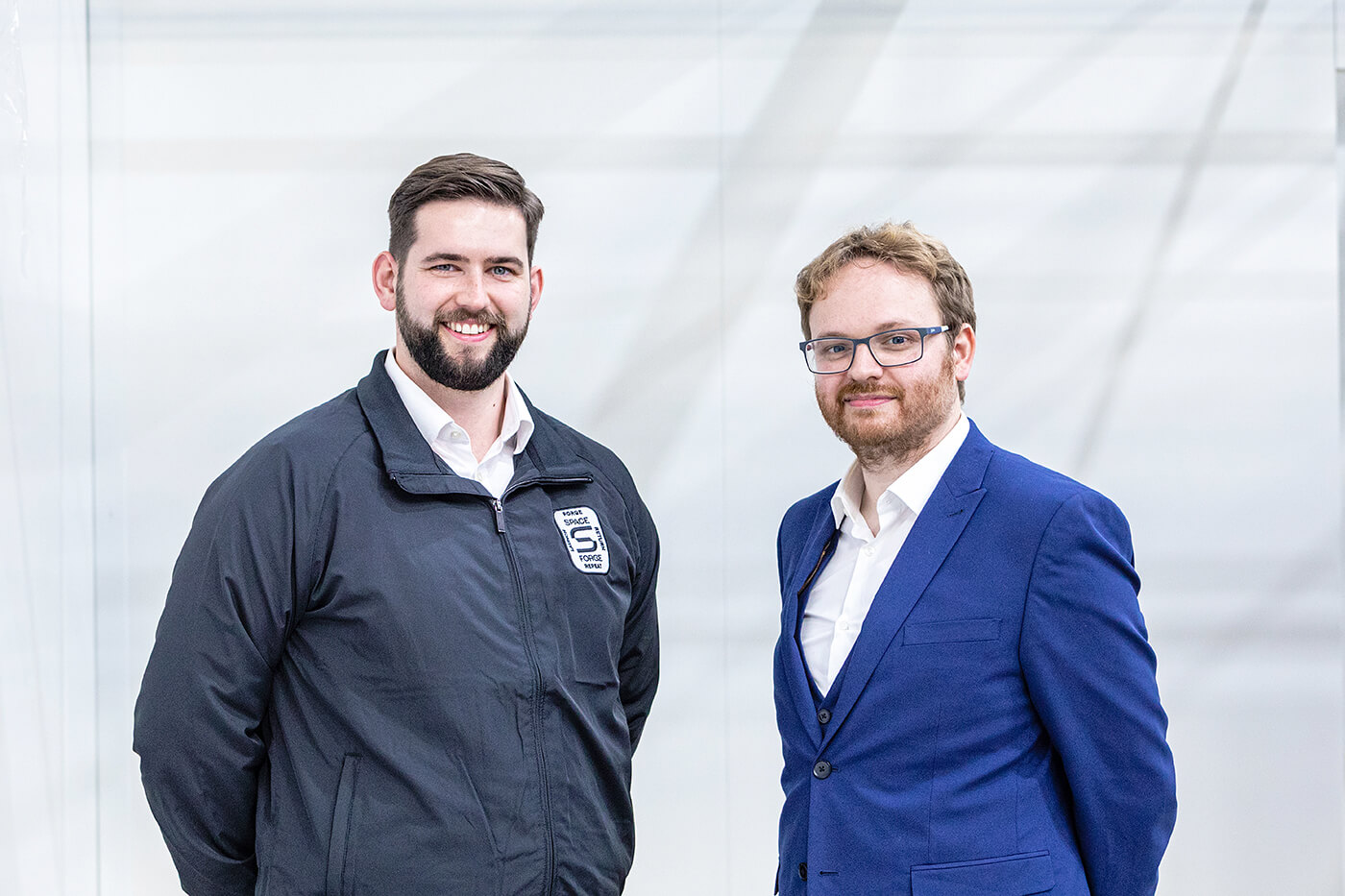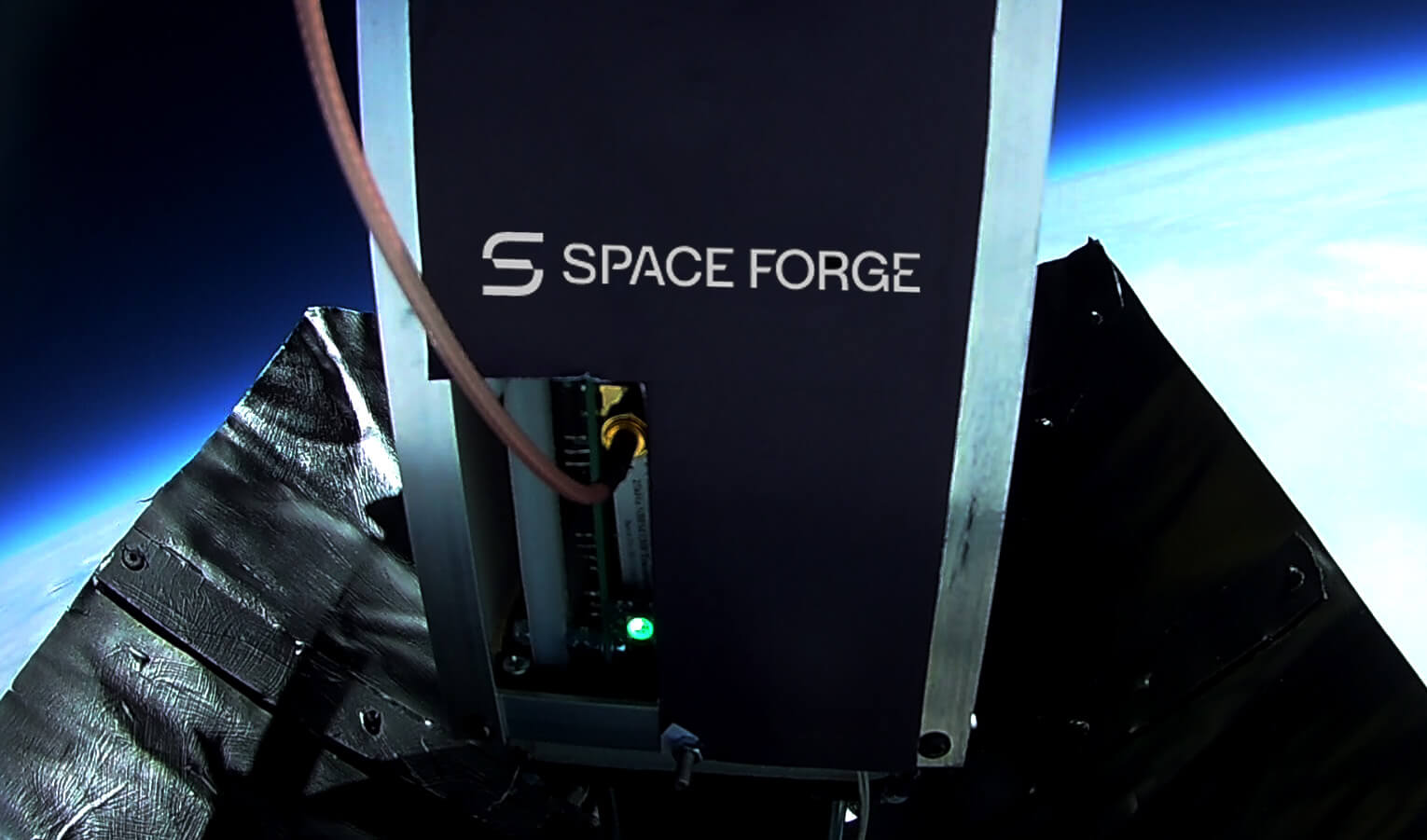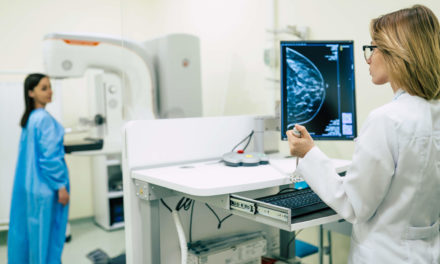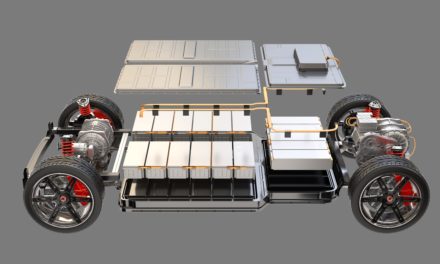UK Space Sector Prepares for Launch
Sectors: Space & Satellites
Above: Protolaunch thrusters aim to fill the mid-range launch capability required by small satellites. Credit: Protolaunch
New spaceports and launch technologies are coming online to take the UK’s thriving space sector stratospheric.
Bruce Shepard
Above: SaxaVord Space Port is developing a launch site and ground station at Lamba Ness in Unst, Shetland. Credit: Saxavord
For decades, the UK’s strong scientific and manufacturing base has helped it punch above its weight when it comes to space. A recent government report estimated that around 25% of all telecoms satellites are substantially built in the UK, from the multimillion-pound behemoths produced by Airbus Defence and Space to the growing small satellite market served by the likes of Surrey Satellite Technology Ltd (SSTL). Until now, however, one thing the UK has been sorely lacking is the ability to actually launch these satellites.
This will change in 2022 with spaceports in both Cornwall and Scotland due to host UK launches. The summer will see Virgin Orbit carry out the first of these flights, its Cosmic Girl 747 lifting off from Spaceport Cornwall before a LauncherOne rocket is released from beneath the aircraft’s wing and ascends into space. Onboard will be a payload from Space Forge, a Cardiff-headquartered SME aiming to open up new manufacturing opportunities in low-Earth orbit.
“The team is full steam ahead on building Wales’ first satellite and we are looking forward to getting our key technologies into orbit. Screws are being tightened and solder is being flowed,” says Andrew Bacon, CTO and co-founder of Space Forge.
The space environment offers several potential advantages over terrestrial manufacturing, such as microgravity, vacuum, and cryogenic conditions. According to Bacon, alloys, electronics and pharmaceuticals are just some of the areas set to benefit once in-orbit manufacturing takes off.
“The primary challenges are modifying existing small satellite technologies for re-entry and adapting Earth-based manufacturing methods for space, but we have assembled a multi-disciplinary team who are smashing through these problems every day. I have confidence we are going to get this running a lot faster than most people expect,” he notes.
A European hub for spaceflight
While Virgin Orbit and Space Forge look set to claim the title of the first UK satellite launch, the first vertical launch is slated for later in the year. SaxaVord, previously known as the Shetland Space Centre, secured planning permission in February 2022 for three launchpads at the Lamba Ness peninsula in Unst, Shetland. But before any rockets light up the Scottish sky, the site first requires a significant amount of preparation work.
“Establishing the UK as a European hub for spaceflight will soon become a reality,” says SaxaVord CEO, Frank Strang. “Step one is upgrading the road network to allow traffic flow closer to the launch site…the improvements and construction of one new section of road will be carried out by a local company, DITT, which will also be the main contractor for the spaceport.”
Along with Sutherland Spaceport in the Scottish Highlands, SaxaVord will aim to become a UK and European hub for vertical launches, tapping into the booming local Scottish space sector and availing of Shetland’s ideal location to deliver small satellites into polar and sun-synchronous orbits. A pathfinder launch with Lockheed Martin and rocket supplier ABL is planned for the end of 2022, most likely carrying a meteorological satellite.
“All parties are aware of the benefits of our site, with Unst providing the best orbital access conditions in the UK,” Strang continues. “This will be the first step towards SaxaVord providing the UK with frequent vertical rocket launches on home soil and will be a key component to building an efficient and sustainable UK space economy.”
Sovereign launch capability
Yet another UK-based SME adding to domestic launch capabilities is Skyrora, a rocket manufacturer that has recently opened the UK’s largest test-firing facility in Midlothian, Scotland. Having signed a 10-year deal with SaxaVord to launch from Shetland, the company is currently finessing its Skyrora XL rocket, a 22m-tall spacecraft capable of placing payloads up to 315kg into orbit.
The company had been planning to carry out its first UK flight in 2022, but these plans are being tested by the Russian invasion of Ukraine, as around half of Skyrora’s 160 staff are based in Dnipro in Ukraine’s war-torn east. The conflict has had a wide-ranging impact on the space sector, with ESA’s Exomars 2022 rover mission one of the biggest casualties, suspended indefinitely due to the project’s reliance on cooperation with Russian space agency Roscosmos.
“Developing sovereign launch capability is of the utmost importance for the UK’s ability to claim a leadership position in the emerging new global space economy. Something that has only become more clear as we’ve seen the role played by space services in intelligence-gathering and security and defence during the ongoing invasion of Ukraine,” Skyrora’s Ukrainian-born founder and CEO, Volodymyr Levykin, said recently.
Funding to pioneer new approaches
In a similar vein to Skyrora, though with a less mature technology, Cambridge University spinout Protolaunch is making waves with its propulsion system HILBERT. Incorporating additive techniques and exploring the use of biofuels, Protolaunch is hoping to fill the mid-range launch capability required by small satellites.
The start-up’s novel thermodynamic cycle removes the need for turbomachinery, somewhat simplifying the rocket science, so to speak.
“We’re putting the position in place to raise the money we need to get our first thruster actually on-orbit. And we’re doing it at a very good time, I think, particularly in the UK,” says Protolaunch co-founder and CEO Matt Escott.
Protolaunch has also just received a funding boost from the UK Space Agency for developing throttleable lander systems. Though likely a decade or more away,
it could be a home-grown technology that helps return boots to the surface of the Moon and perhaps even Mars someday.
Other projects to benefit from the same funding announcement include the Curation and Analysis Facility for Extra-terrestrial Samples – Europe’s first centre for off-world material analysis – and the Rolls-Royce Space Reactor Programme, which will seek to develop a nuclear-powered micro-reactor for use in-orbit and beyond.
“Over the last 18 months, up to 50 engineers and specialists from a range of fields have been working to progress the development of Space Reactor technology and we see this number growing as more funding becomes available and we move into the manufacture stage,” a Rolls-Royce spokesperson explains.
They added that Rolls-Royce plans to have a reactor on the Moon by 2030 and one ready for Mars just a decade later. l
News in Brief
- Rotherham metals specialist Metalysis is working with Thales Alenia Space, the Open University and others on a system to extract oxygen from Moon rock regolith.
- The recently announced Space Energy Initiative is a government-backed moonshot project hoping to harvest solar power from in-orbit arrays, beaming the energy back to Earth using microwave technology.
- Harwell-based SME Space Power is working with Surrey University to develop a wireless power laser prototype for space satellites by 2023, with full commercialisation by 2025.
- In March 2022, Cambridge’s Stratospheric Platforms achieved five hours of connectivity between a mast positioned at 45,000ft and a 5G smartphone, with 90Mb/sec download speeds.
- Launched in late 2021, the James Webb Telescope features a Mid Infrared Instrument (MIRI) designed primarily by UK Astronomy Technology Centre (UKATC) with STFC RAL Space, University of Leicester and Airbus UK.
- Glasgow’s Braided Communications has received £100,000 in UK Space Agency funding to design a system for overcoming comms lag on interplanetary human spaceflight.
“Protolaunch is making waves with its propulsion system HILBERT”
Above: Space Forge co-founders, CEO Joshua Western and CTO Andrew Bacon. Credit Space Forge
“The primary challenges are modifying existing small satellite technologies for re-entry and adapting Earth-based manufacturing methods for space”

